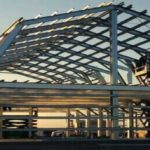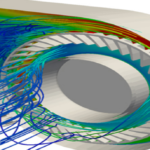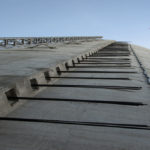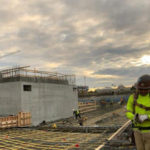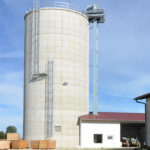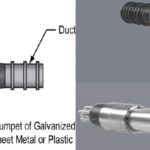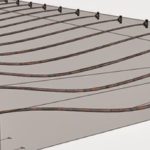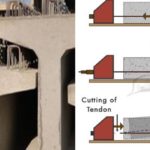Blog
Steel Calculation Static Report

Steel structures, which became widespread with the industrial revolution, have an important place today with their durability, reliability, and fast solutions. Therefore, the construction process of steel structures has a wide usage area due to the faster manufacturing and assembly process compared to other building types. Thus, many solutions should be provided by determining the problems and needs that occur in the design of a building. Expert civil engineers in the field, according to the standards applied through these reports, to ensure that the structural elements work safely and optimize building performance.
To examine about the static calculation report of steel structures;
– The class and quality of the steel material used must be specified in the report. It is important to select the correct steel grade, especially with the specified strength and elasticity properties of the steel.
– Steel static calculation reports help engineers to determine the sizing of steel elements, stability checks, and bearing capacity. In the project of the steel structure, it includes a building design that ensures safety with documents containing the calculations of your carrier system.
– By taking details according to the plans and sections describing the structural system of the structure, it provides analysis of the effects of vertical fixed loads, moving loads, roof loads, temperature change effects, snow and wind loads, soil thrusts and other loads in the calculation report according to the loading conditions.
– Steel structures are resistant to external factors such as earthquake and wind compared to other types of structures. Static calculation reports evaluate the durability of steel structures against such effects and optimize the flexibility of structural elements.
– In the basic design of the structure, soil type, bearing coefficient parameters also have an important place in the static report.
– Relative storey drifts, second order effects and how much it affect the structure in deflection calculations are shown in the report. In addition, the design method applied in the static report (LRFD: Load and Resistance Factor Design or ASD: Allowable Strength Design) and the relevant load combinations should be specified.
– In steel structure designs, details such as cold-formed profiles, welding details and connection safety factors, bolt diameters, welding type should also be specified in the report. Accordingly, drawings of the assembly and manufacturing details of the joints of steel structural elements should also be detailed.
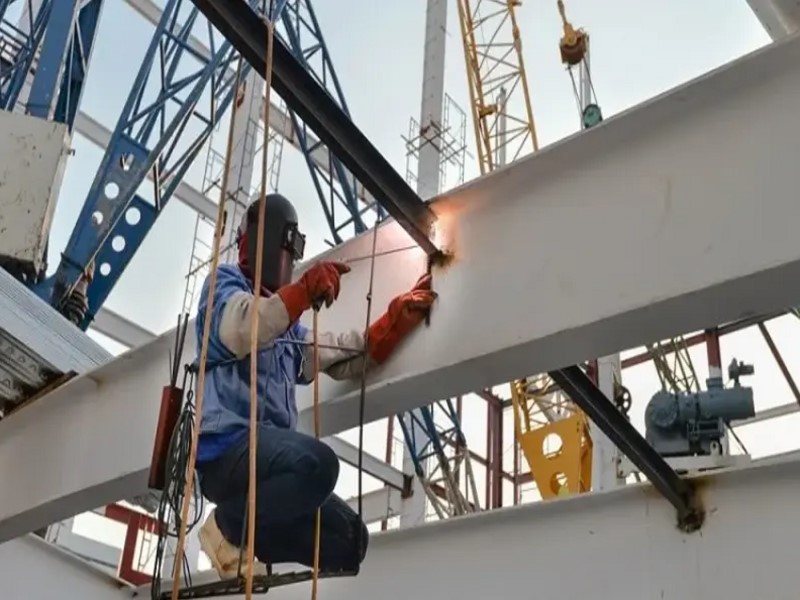
– Details of the use of materials and methods to protect steel elements against corrosion should be specified in the report. It is important to protect the materials used at the joints against corrosion.
– Fire resistance of steel elements and their behavior during fire should be addressed in the report. The use of fire-resistant coatings and the performance of steel members against fire should be evaluated in the report.
– Diagrams showing the force and moment distributions in steel members help to understand the design and to size the members correctly. In addition, shear force and bending moment analyses acting on steel members are critical in determining the bearing capacity of the members.
– Analyses and measures taken to assess the earthquake resistance of steel structures should be clearly stated in the report. In the report, the measures taken and analyzes performed should be clearly stated. This allows an accurate assessment of the resilience of steel structures against earthquake effects.
In conclusion, steel static calculation reports are important tools for building reliable and durable structures in the construction industry. By referring to these reports in steel structure projects, engineers ensure the correct design of structures and manage a safe construction process.
Latest Blog
-
Methods Used In Earthquake Performance Analysis
4 July 2024 -
Reinforced Concrete Calculation Static Report
31 January 2024 -
Steel Calculation Static Report
31 January 2024 -
What Is CFD Analysis?
22 December 2023 -
What Are The Benefits Of CFD Analysis?
22 December 2023 -
Silo Reinforcement with Post-Tensioning Method
26 September 2023 -
Post Tensioning Method in Cantilever Slabs
4 September 2023 -
Post-Tensioning Application In Reinforced Concrete Silos
22 August 2023 -
Components Of Post Tensining
16 August 2023 -
What Are Pre-Stressing And Post-Tensioning?
11 August 2023 -
What is Prestressing?
8 August 2023 -
History Of Post Tensioning
8 July 2023 -
Post Tensioning Method In Foundations
14 June 2023





